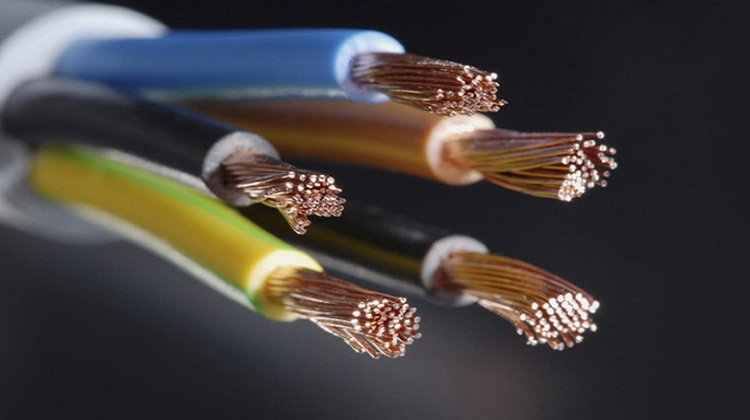Cables and wires are an important part of any electronics project, but choosing the right ones can be tricky. In this guide, we’ll walk you through the steps you need to take to choose the right cables and wires for your project, from determining what type of project you’re working on to figure out how much wire you’ll need.
What are the different types of cables and wires?
There are various types of cables and wires, depending on their intended use.
One common type of cable is the electrical cable. Electrical cables have wires that carry electricity from one place to another.
Electrical cables can be used for a wide variety of applications, such as transferring power to machinery, connecting lights to switches, and wiring up computers and appliances.
Another common type of cable is the audio cable. Audio cables connect electronic devices, such as speakers or headphones, to each other.
Audio cables are often used to transfer music from one device to another. They can also be used to connect audio equipment, such as mixers and amplifiers, to sound sources like recorders or PA systems.
Some types of cables are specific to certain industries or applications. For example, hardware cables are used in construction and manufacturing professions because they’re strong yet flexible enough to handle repeated flexing and twisting.
Cable ties are also an important type of wire for many professionals. Cable ties can be used to secure wires together in a way that prevents them from becoming tangled or damaged.
Why are cables and wires important for projects?
Cables and wires are important for a variety of reasons in the construction and engineering world. They can be used for communication between different parts of a machine, or between machines and other facilities. Wire and cables also provide power to devices, making them an essential part of any project.
There are several things to take into account when selecting cables and wires for a project. The type of cable that is needed, the circumference of the wire, the gauge (thickness) of the wire, and the length of the cable all need to be considered. Additionally, it is helpful to know what types of connectors are available for various types of cables.
In general, thicker wiring is typically used for power applications where there is a higher risk of overloading or shorting out. The gauge (thickness) of wire also affects how much voltage can flow through it before it becomes too thick. Connectors that have been designed for specific types or sizes of wires are often more robust than those that work with multiple types.
To select the best cables and wires for your particular project, it is important to consult with an expert or use a reputable resource such as CableWholesale’s comprehensive cable guide. There are many possibilities when it comes to selecting cables and wires for projects – so don’t Panic! Just make sure you choose the right ones for your needs
How to select the right cables and wires for your project.
There can be a lot of confusion when it comes to selecting the right wires and cables for your project. In this guide, we will outline six important factors to consider when purchasing cables and wires, and help you select the right options for your specific application.
-
Overall Project Requirements
Before making any cable selections, it is important to first consider the overall requirements of your project. Do you need a long cable run? Are there tight spaces where cables will have to pass through? Knowing these details upfront can help you narrow down your options more easily.
-
Cable Type and Size
Next, determine what type of cable you need. Single-core or multi-core? UTP or PVC? NEMA 1, 4, or 5? Each type has its unique attributes that can affect your project’s performance and usability.
It is also important to choose the correct size of cable for your application; too small of a cable may not provide enough capacity, while oversized cables may be too difficult to work with or damage in some way.
-
Voltage Rating and Electrical Resistivity
When shopping for cables, be sure to pay attention to voltage rating (AC or DC) and electrical resistivity ratings (Oersted or Mohs). These two figures will help you determine which cables are best suited for your specific needs.
For AC applications, higher voltage ratings mean that the cables can carry heavier loads without breaking.



